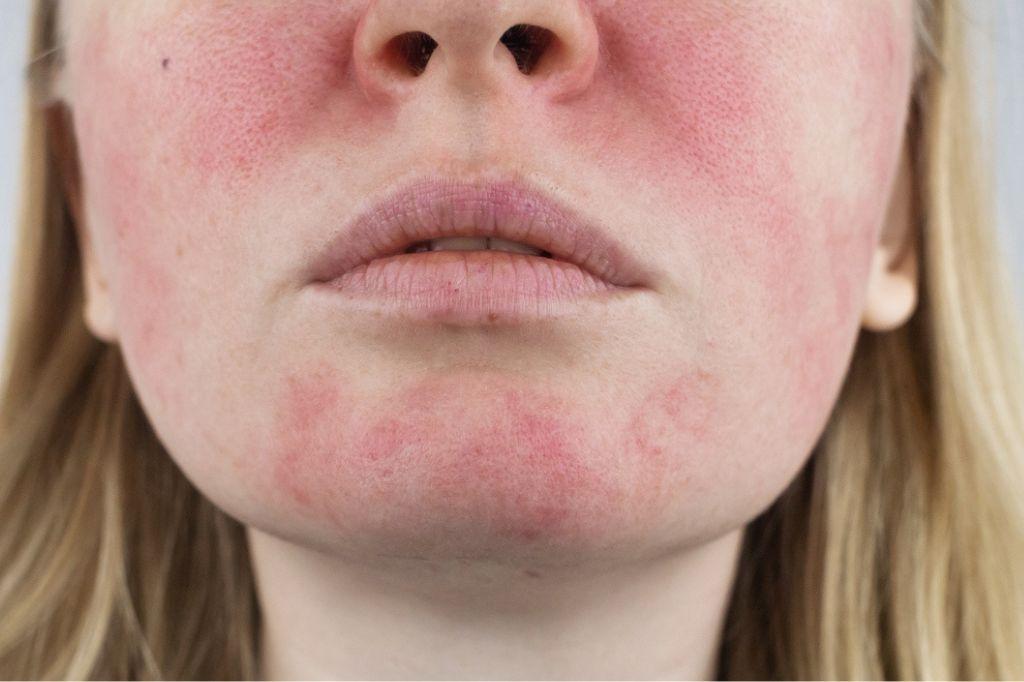Eliminate Death from Melanoma
When I entered dermatology in 1995, over 20 years ago, I made it my mission to combat and eliminate death from malignant melanoma. During my schooling, I was taught the ABCDEs of melanoma, with the A standing for asymmetry of a mole, B standing for border irregularity of a mole, C standing for color variation of a mole, D standing for diameter of a mole and E standing for evolution of a mole.
During my first 5 years in practice, I diligently applied this criteria and did very well in finding melanomas. However, I realized that most of the melanomas that I found were invasive and, unfortunately, some metastatic spreading to other areas.
About 15 years ago with the introduction of routine photography for biopsied lesions and then correlation of the clinical photographs with the pathological diagnosis, I then understood that there were other important factors in diagnosing very early and thin melanomas. Diagnosing very early thin melanomas meant that the particular case would be 100% cured upon completion of surgery without need for radiation therapy, lymphatic mapping, immunotherapy or chemotherapy.
In the last 10 years, after studying over 2,000 cases of newly diagnosed melanomas, I am happy to report that we have significantly reduced the rate of metastatic melanomas, and the number of deaths from melanoma can be counted on the fingers of one hand.
Therefore, my mission is to disseminate my knowledge acquired in the last decades in diagnosing thin melanomas. I believe the following factors are extremely important, and I will start with E, which stands for experience, expertise and evolution; F, which stands for funny looking moles; G, which stands for genetics, realizing that information about the genetics of the family is critical; H, which stands for history, including personal history, past history, family history, environmental history and social history, and I, which stands for instinct.
Applying the first five criteria, we are finding a higher rate of invasive melanomas. Applying the last five criteria, we have reduced the rate of invasive melanomas and metastatic melanomas to under 5%, and the prognosis of these cases is excellent.
AAD is proud to present this calendar, a compilation of interesting cases along with art created by children. The combination of melanomas which represent the dark side of the sun along with the art which represents the bright side of the sun, we want to stress the fact that we strive daily to reduce the darkness and bring further light, hope and health to our patients lives.




